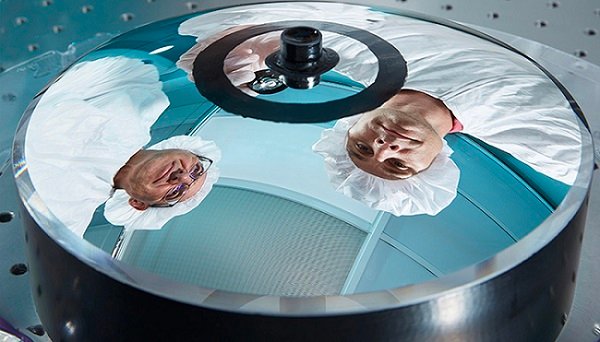Starris, Optimax Space Systems, and Lawrence Livermore National Laboratory (LLNL) are collaborating to commercialize LLNL’s monolithic telescope technology. This partnership aims to expedite the deployment of modular optical designs for advanced space imagery.
For a decade, Starris has worked with LLNL’s space program on this monolithic telescope technology. Starris will now manufacture these precision optical lenses, which are crucial for image formation in telescopes, at scale and with customization options. LLNL has granted Starris a government-use license to commercialize this technology through the Innovation and Partnerships Office.
The commercialization efforts will focus on utilizing the technology for space domain awareness, which includes the detection, tracking, cataloging, and identification of artificial space objects like satellites, rocket parts, asteroids, and debris. The compact and robust nature of the monolithic telescope enables rapid and agile deployment of space-based capabilities.
Kevin Kearney, Starris director and chief technology officer, stated that scaling production of LLNL’s payload solutions will facilitate the swift deployment of small satellite networks to meet evolving mission demands. He also highlighted Optimax’s long-standing collaboration with LLNL in developing and refining the technology, contributing expertise in precision optics manufacturing and measurement.
Monolithic optics offer inherent alignment from manufacture, simple interfaces, low inertia, and high thermal tolerance. A key advantage of LLNL’s monolithic telescope technology is its “shelf-stable” nature. Unlike traditional telescopes, alignment is achieved during fabrication at Optimax and remains stable indefinitely, eliminating the need for cleanroom handling as the mirrors are enclosed within the telescope.
LLNL’s monolithic telescopes, initially designed for intelligence and defense purposes, have already demonstrated their effectiveness in several space missions. They are also slated to be part of the U.S. Space Force’s Victus Haze mission in 2025, which will assess rapid satellite deployment capabilities for responding to orbital threats.
Ben Bahney, LLNL space program leader, emphasized the disruptive nature of this technology, noting its ability to significantly reduce development time and cost while maintaining exceptional performance and delivering optimal resolution for a given aperture size.
Starris, launched by Optimax earlier this year, specializes in accelerating space technologies using a modular approach that combines optics, sensors, and electronics. The company will integrate these monolithic telescopes into its optical payloads.

Leave a Reply